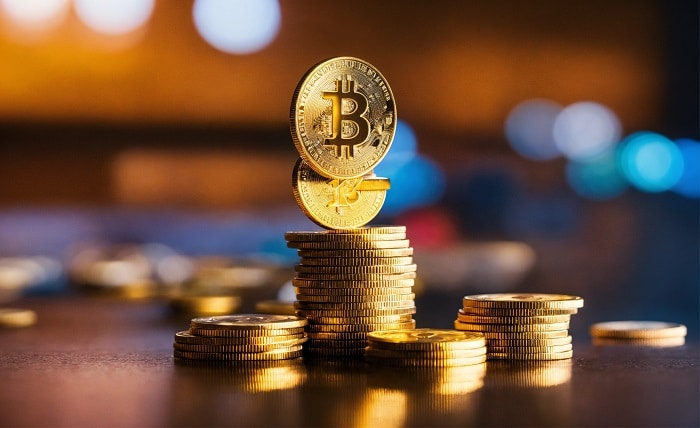Why Deposit Workflows Matter in 2025

A smooth onboarding flow begins the moment a user taps the Parimatch APK download for iOS, and that single tap raises an important question for every iPhone owner: “How do I move funds into an unfamiliar mobile app without risking card details or personal privacy?”
Apple’s App Store has tightened security year after year, yet malicious actors continue to evolve. Phishing overlays, fake QR codes, and sniffed public Wi-Fi packets continue to pose a threat to wallets. A secure deposit process must protect data at three checkpoints: when you type it, when the app transmits it, and when a third-party processor stores it. Skipping any layer turns convenience into liability. A study by CyberSafe Asia surveyed 5,000 Southeast Asian users and found that 61 percent abandoned apps halfway through the sign-up process because the payment screens appeared suspicious. Clear, audited deposit UX boosts trust and retention as much as splashy features do.
Apple Pay: First Line of Defense
For many iOS users, Apple Pay remains the gold standard. Tokenization replaces card numbers with one-time strings, keeping merchants from ever seeing sensitive digits. Touch ID or Face ID confirms intent, blocking SIM-swap hijackers who steal SMS one-time passwords. Apps using Apple’s in-app purchase API automatically inherit these defenses. When developers bypass that route, often to avoid the 15 percent commission, they should still integrate Apple Pay via third-party gateways, such as Stripe or Adyen. Any deposit page that asks you to type card data manually should raise an eyebrow unless it displays an Extended Validation SSL certificate and Quarterly PCI DSS reports.
UPI and Local Wallets: Rising Stars
In India, Unified Payments Interface transactions crossed 14 billion in March 2025. UPI’s popularity prompted many global apps to integrate UPI handles alongside traditional card details. On iOS, Apple Pay integrates with UPI through partner banks. Users double-click the side button, authenticate with Face ID, and the UPI rail settles the transfer instantly. Google Pay and PhonePe also provide SDKs for swift in-app integration. The advantage? Instant refunds. If an app crashes mid-transaction, UPI reversals typically occur within 24 hours: a timeframe that credit cards rarely match.
Multi-Factor Authentication: Beyond SMS
Text messages can be intercepted or delayed. More secure apps prompt users to register a TOTP (time-based one-time password) generated by free apps like Microsoft Authenticator. When you deposit funds, the system requests a six-digit code refreshed every 30 seconds on your separate device. Even if someone phishes your login, the missing TOTP blocks withdrawals. Biometric prompts add an extra layer of security. Fingerprint scans or Face ID checks feel seamless compared with typing codes, yet still confirm user presence.
Deposit Limits and Session Timers
Responsible financial design sets default daily limits, especially for new users. A cap of ₹20,000 or its equivalent in currency shields accounts from massive fraud drains and helps newcomers pace their spending while exploring app features. Good apps also display session timers. If you stay idle on a payment screen for two minutes, the timer grays out the “Confirm” button, forcing re-authentication. This block thwarts shoulder surfers and curious toddlers alike.
Monitoring Real-Time Risk Scores
Behind the scenes, many payment processors run device fingerprinting scripts that evaluate dozens of signals: jailbreak status, GPS mismatch versus billing address, emulator footprints, and even accelerometer patterns. A high risk score triggers step-up verification, like KYC document scans. Users benefit indirectly: fraud attempts decrease, and legitimate deposits are processed more quickly. Developers should communicate this process in plain language: “We use device checks to keep your wallet safe; expect a quick selfie scan on first deposit.”
Offline Preparations for Spotty Internet
Depositing via cellular data in a rural area can result in timeout errors. Apps can cache KYC documents and payment preferences, retrying the transaction automatically once bandwidth stabilizes. Power users traveling through patchy regions carry screenshot backups of critical payment QR codes and a lightweight VPN profile to secure public Wi-Fi. Some even top-up prepaid cards ahead of trips, insulating primary bank accounts from network glitches.
Transparent Fees and Instant Receipts
Hidden fees erode trust. Every reputable wallet lists deposit fees in the same font size as the “Add Funds” button. Some gateways waive fees up to a certain threshold, then charge a percentage beyond it. Instant in-app receipts should show the amount, method, transaction ID, and projected settlement time. A “Download PDF” option caters to freelancers who expense smartphone bills.
Data Handling and Legal Compliance
Holding customer money invites regulators’ attention. Apps operating in Europe must comply with PSD2 and SCA, requiring two-factor authentication for electronic payments. Indian apps must secure a license under the RBI’s Payment Aggregator framework and maintain nodal accounts that segregate user funds from operational cash. Users should look for compliance badges in settings menus and verify their accuracy on government portals.
Building the Perfect Deposit Routine
- Prepare – Enable Apple Pay, set up a TOTP app, and define a daily transfer cap.
- Verify – Check SSL padlock and app developer credentials in the App Store.
- Execute – Select the quickest local method: Apple Pay, UPI, or an approved wallet.
- Confirm – Ensure immediate on-screen receipt and email copy.
- Audit – Monthly, export transaction history to a secured cloud folder.
Future Horizons: Biometric Payments and CBDCs
The Reserve Bank of India is piloting a digital rupee that can be integrated directly into mobile apps. Biometric wearable devices, such as smart rings, may soon authorize transfers based on heartbeat patterns. Such innovations aim to make payments invisible yet verifiable, further streamlining deposit flows without compromising safety.
Final Reflection
Sideloading or officially downloading an app ends up being the easy part. The real craftsmanship is evident in the deposit screen, featuring a seamless design, rock-solid security, and transparent compliance. When executed with those pillars, moving money into a mobile ecosystem becomes a task you perform with calm confidence, never a gamble on whether funds will land safely. In the evolving landscape of digital finance, mastering secure deposit routines sets users up for richer app experiences and fewer wallet woes.





